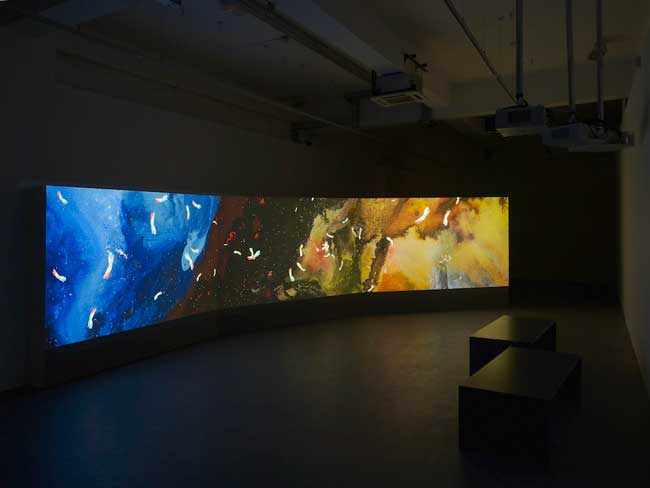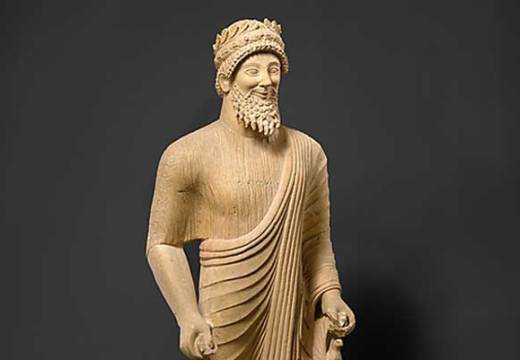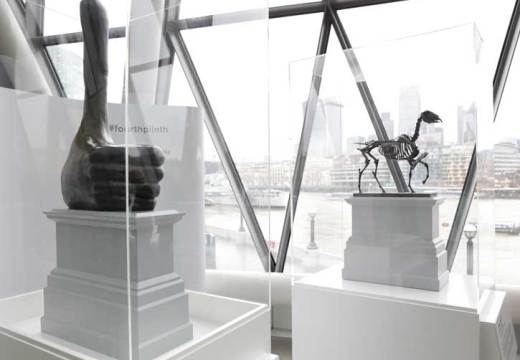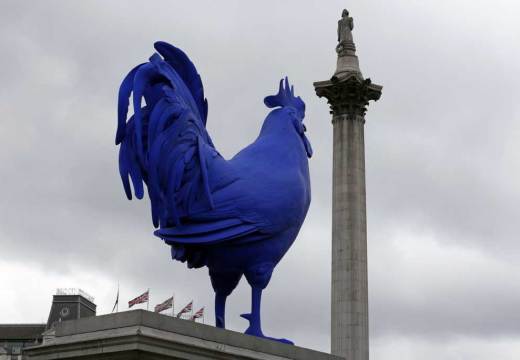The Dhaka Art Summit, organised by the Samdani Art Foundation, returns for its 2nd edition from 7–9 February. Below is an extract from Apollo’s Diary in the current February issue, written by Diana Campbell Betancourt, Artistic Director of the Samdani Art Foundation and Curator of the Solo Projects, Public Art Project, and Summit Sessions at the Dhaka Art Summit.
When people think about South Asia and art, Indian and to a lesser extent Pakistani art, is usually what comes to mind. South Asia is much larger than these two countries; and the Bangladeshi collector couple Nadia and Rajeeb Samdani, who established the Summit in 2011, recognised the need to create a platform where people from around the world could come and learn about art from the region without a commercial agenda – where galleries would exhibit art for its content and not for its commercial potential. Inspired by the vision and generosity of the Samdanis, the Bangladeshi government decided to partner with them and lend the space – 120,000 square feet – of the National Academy of Fine and Performing Arts free of charge.
An exhibition of this scale, entirely focused on South Asia, is unprecedented. In some ways, the international biennials that have happened in South Asia are logistically easier to organise than the Dhaka Art Summit, because people and artworks can travel more easily from East Asia, the Americas, or Europe to Bangladesh than they can from Pakistan, India, Nepal or Myanmar (Burma). There are all manner of barriers between the South Asian countries, limiting the exchange of their shared history from within the region.
In the solo projects that I have curated for this Summit, as well as the film and performance programme curated by Bangladeshi artist Mahbubur Rahman, many of the artists use their work to look at these shared connections, which political agendas often try to underplay in the public consciousness. The Nepalese painter, Tsherin Sherpa, for example, explores the links between Bangladesh and Nepal through the history of Atisha, one of the most important teachers of Tibetan Buddhism, who was born in East Bengal. We’re also pleased to be showing a vast video installation, Parallax, by Shahzia Sikander. Inspired by the Dhaka Art Summit’s mandate, Sikander now plans to create the next chapter of this 2013 work – which explores ideas of control in the Strait of Hormuz – and investigate the relationship between the former East Pakistan (now Bangladesh) and West Pakistan (where she was born).
Click here to buy the February Apollo
Unlimited access from just $16 every 3 months
Subscribe to get unlimited and exclusive access to the top art stories, interviews and exhibition reviews.















![Masterpiece [Re]discovery 2022. Photo: Ben Fisher Photography, courtesy of Masterpiece London](http://www.apollo-magazine.com/wp-content/uploads/2022/07/MPL2022_4263.jpg)
Is the Stirling Prize suffering from a case of tunnel vision?